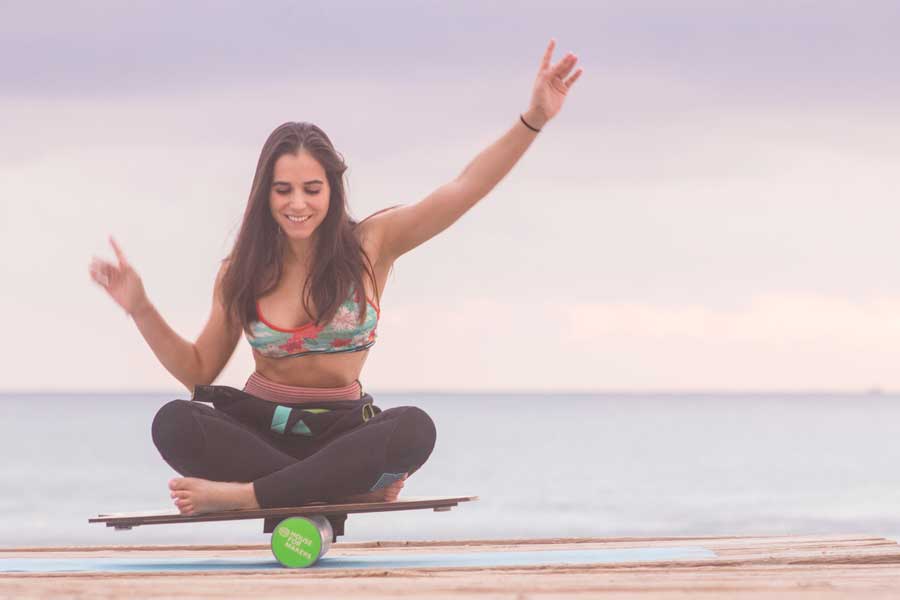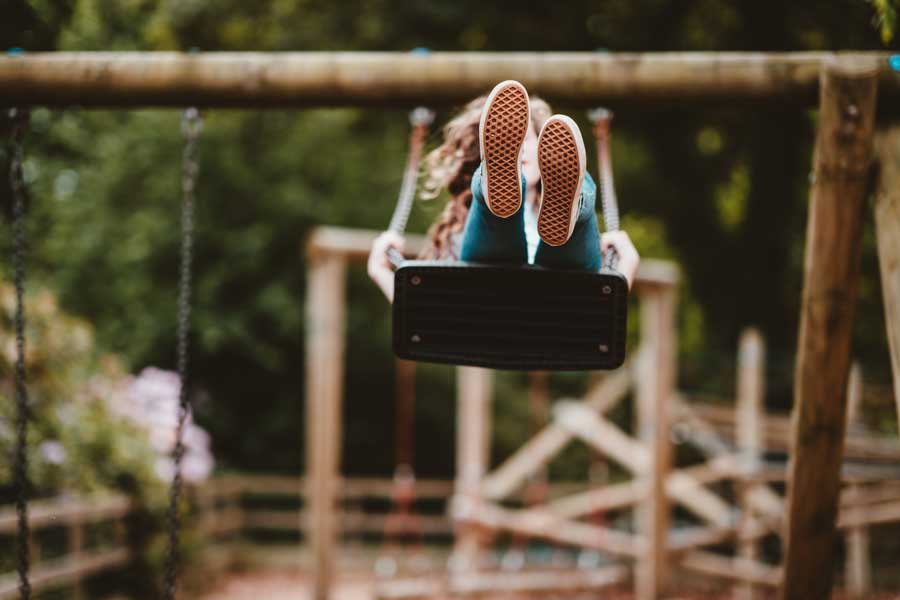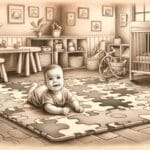In a world where each step of a child’s development is precious, understanding the intricate balance system, especially the vestibular aspect, is crucial. This article delves into the fascinating journey of balance acquisition in infants, a critical component often overlooked in early childhood development. From the gentle sway of a parent’s arms to the adventurous steps towards riding a bike, we explore how each stage contributes to a child’s vestibular development. Join us as we unravel the secrets of balancing disorders, vestibular therapy, and the wonders of vestibular physical therapy.

The Power of Holding: More Than Just Comfort
When we hold our infants close, it’s not just an act of love; it’s a vestibular feast. The motion and positioning during carrying nurture the vestibular areas of the brain, crucial for balance and spatial orientation. This closeness offers more than security; it’s a visual feast that aids in the development of visual skills. For mothers recovering from childbirth, fathers can step in, ensuring that the infant continues to receive these benefits, reinforcing the bond and security that are fundamental for healthy development.
Moderation in Motion: The Role of Baby Swings

Baby swings can be a delightful addition to an infant’s environment, providing gentle vestibular nourishment. However, it’s essential to use them in moderation. While they offer a unique balance experience, prolonged use can restrict an infant’s movement, as they are often confined to a sitting position. Balancing the use of swings with ample floor time ensures a well-rounded development.
Tummy Time: A Foundation for Balance
The significance of tummy time cannot be overstated. In this position, not only do infants strengthen their neck and shoulder muscles, but they also prepare themselves for future challenges, like catching themselves during falls. This practice lays a solid foundation for balance and physical coordination, pivotal for walking and other motor skills.
Push Toys: Wobbling Towards Stability
Introducing push toys can be a game-changer in balance acquisition. These toys offer a unique blend of support and instability, encouraging infants to find their equilibrium while walking. This stage is critical in developing confidence and physical coordination.
Hand-in-Hand: Walking Together
As infants start walking, they naturally use their arms to balance. This is an excellent opportunity for parents to walk alongside them, gradually introducing more challenging terrains. This practice not only strengthens their balance but also enhances their confidence and exploration skills.
Breaking Down Biking: A Step-by-Step Approach
Learning to ride a bike can be daunting, but breaking it down into simpler tasks makes it manageable. Starting with a balance bike (draisienne), children learn to maintain stability. Concurrently, using a tricycle helps them master pedaling. These stages collectively prepare them for cycling without training wheels, building up both their balance and confidence.
Creating the Right Environment for Balance
An environment tailored to encourage balance is key. Investing in items like a balance beam can significantly aid in developing this skill. Such tools challenge and engage children, promoting not only balance but also overall motor development.
The Ongoing Journey of Balance
Balance is not a milestone that is suddenly achieved at a specific age, such as when a child starts walking. It’s a skill that begins to develop from birth and continues to mature. Recognizing and nurturing this from the outset sets the foundation for a well-balanced future.
Understanding and aiding in the development of balance in infants is a journey filled with challenges and rewards. As we’ve explored, there are various ways to support this crucial aspect of development. We encourage parents and caregivers to integrate these practices into their daily routines and observe the remarkable growth in their child’s balance and overall development. Remember, every little step counts in this balancing act of growth and discovery. Share your experiences and tips in the comments below, and let’s continue to learn and grow together in this incredible journey of nurturing balanced and thriving children.


